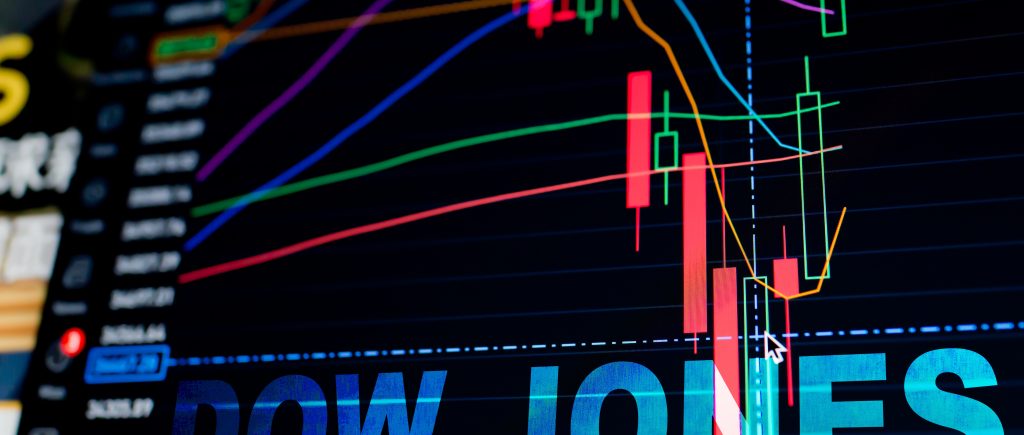The Dow Jones Industrial Average soared to a fresh all-time high of 45,277 on Friday, breaking past 45,250 for the first time. However, the rally fizzled as weaker-than-expected consumer sentiment data and anticipation of a high-profile meeting between global leaders dampened investor enthusiasm by the close of the trading week. The index remains near the 45,000 mark, caught in a tight range after a technical rebound from the 50-day Exponential Moving Average (EMA) at 43,885, which continues to act as a key support level following a recent low near 43,330.
Economic indicators painted a mixed picture. July’s US Retail Sales rose 0.5% month-on-month, in line with forecasts but down from June’s revised 0.9%. However, this nominal figure masks whether the uptick stems from stronger consumer spending or higher prices driven by trade tariffs. Meanwhile, the US Import Price Index climbed 0.4% in July, surpassing expectations of no change and June’s -0.1% decline. This suggests importers are struggling to offset tariff costs, challenging assumptions that foreign exporters are absorbing these expenses. Rising import prices signal that trade taxes are filtering through supply chains, impacting costs in the US.
Consumer sentiment took a notable hit in August, with the University of Michigan Consumer Sentiment Index dropping to 58.6, well below the expected 62.0. Concerns over job prospects and income pressures from rising prices weighed heavily, with current economic conditions falling to 60.8 and future expectations sliding to 57.2. Inflation expectations also spiked, with 12-month forecasts jumping to 4.9% from 4.5%, and the five-year outlook matching that rise.
The Dow’s pullback from its record high reflects broader market unease as investors grapple with mixed signals. Tariff-driven cost increases are stoking fears of persistent inflation, which could force the Federal Reserve to reconsider its monetary policy stance. The CME FedWatch Tool indicates a 92% chance of a 25 basis point rate cut in September, but rising inflation expectations may temper expectations for aggressive easing. This uncertainty has led to choppy trading, with the Dow struggling to break free from the 45,000 level, where profit-taking and risk-off sentiment are capping gains.
Globally, trade tensions are adding to the complexity. Ongoing US tariff policies have sparked concerns about retaliatory measures from key trading partners, potentially disrupting supply chains further. This could exacerbate price pressures and weigh on corporate earnings, particularly for Dow components reliant on international markets. Investors are also monitoring the upcoming US-Russia talks, which could influence energy prices and geopolitical stability, indirectly affecting market sentiment.
Technically, the Dow’s near-term trajectory hinges on its ability to hold above the 50-day EMA at 43,885. A break below this level could signal a deeper correction toward 43,000, while a sustained push above 45,300 might reignite bullish momentum. For now, cautious investors are hedging bets, with some shifting toward defensive sectors like utilities and consumer staples to weather potential volatility.
As tariffs drive up costs for big-ticket goods, consumers are feeling the pinch, undermining confidence in the economy’s near-term outlook.
The interplay of tariff-driven price pressures and global economic dynamics could keep the Dow Jones volatile as investors are bracing for further clarity from upcoming economic data and geopolitical developments, which may dictate whether the index can sustain its record-breaking momentum or face renewed downward pressure.
 Noor Trends News, Technical Analysis, Educational Tools and Recommendations
Noor Trends News, Technical Analysis, Educational Tools and Recommendations





